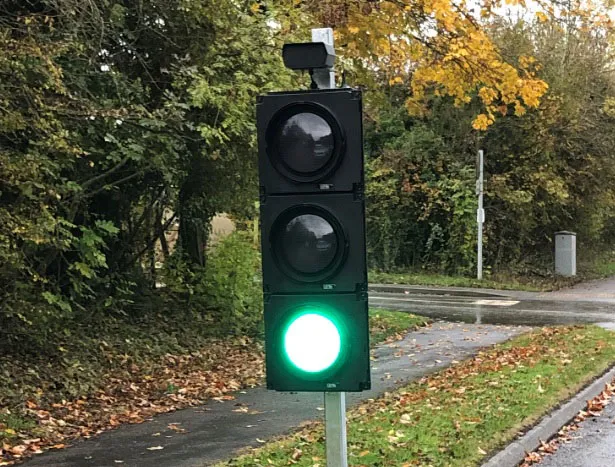Japanese optics manufacturer Tamron has released two motorised high-power (36x) zoom lenses for C-mount box-type cameras, which it says assure 24-hour day-and-night surveillance in full-HD image quality for security applications.
June 15, 2015
Read time: 1 min
Japanese optics manufacturer 8146 Tamron has released two motorised high-power (36x) zoom lenses for C-mount box-type cameras, which it says assure 24-hour day-and-night surveillance in full-HD image quality for security applications.
Both the M118ZG36X10IRPF and M118ZG36X10IRP lenses feature a long focal length of 10-360 mm for use in a wide range of applications that mandate day-and-night surveillance over a wide area. Their wide aperture of F/1.6 enables high-sensitivity image capture at large zoom ratios, assuring surveillance under dim and low light illumination. Both accommodate the 1/1.8-inch imagers widely adopted in the market and are equipped with a preset function for focus and zoom. In addition, the M118ZG36X10IRPF has a fog-removal feature.
Both the M118ZG36X10IRPF and M118ZG36X10IRP lenses feature a long focal length of 10-360 mm for use in a wide range of applications that mandate day-and-night surveillance over a wide area. Their wide aperture of F/1.6 enables high-sensitivity image capture at large zoom ratios, assuring surveillance under dim and low light illumination. Both accommodate the 1/1.8-inch imagers widely adopted in the market and are equipped with a preset function for focus and zoom. In addition, the M118ZG36X10IRPF has a fog-removal feature.









